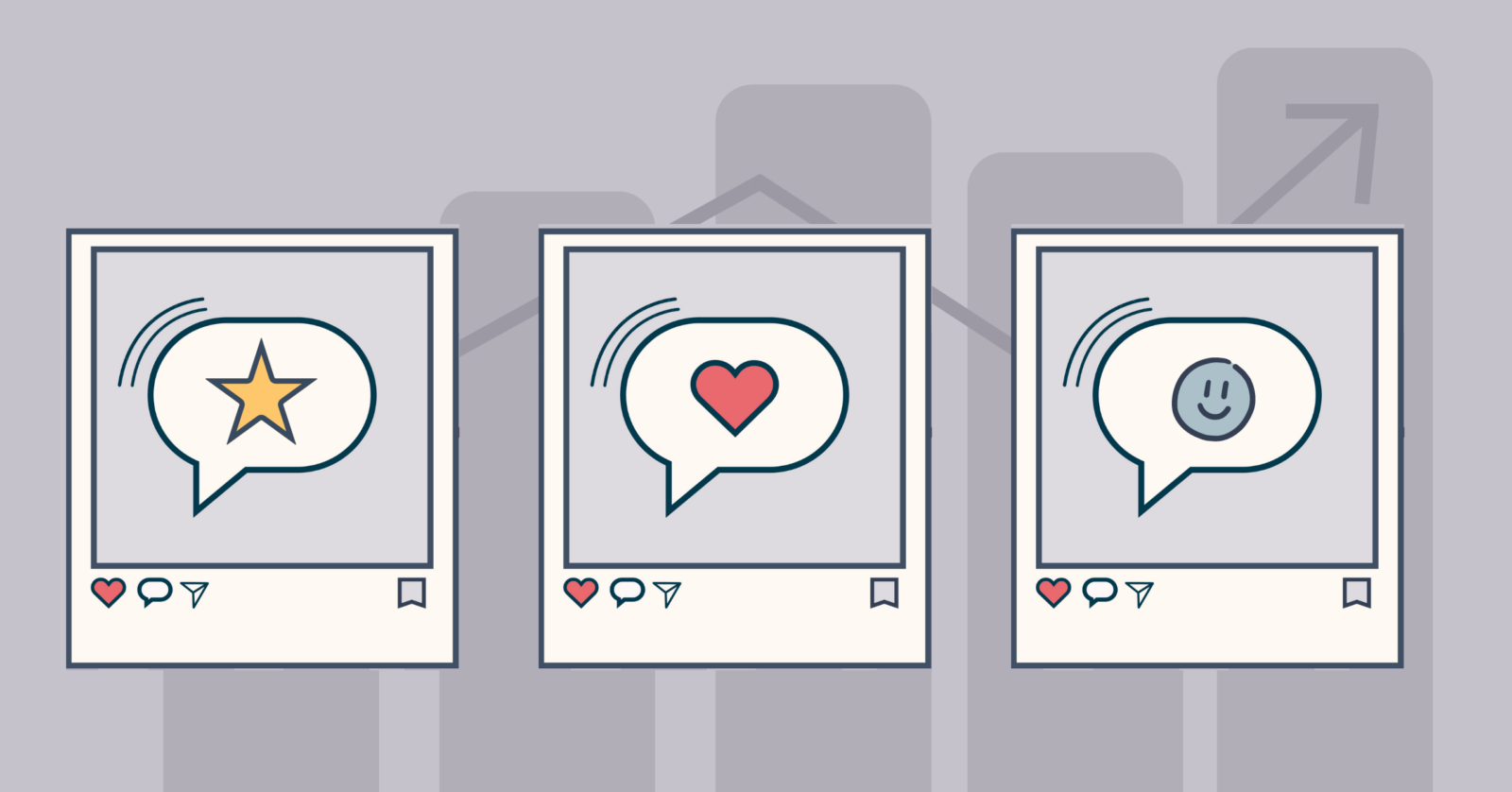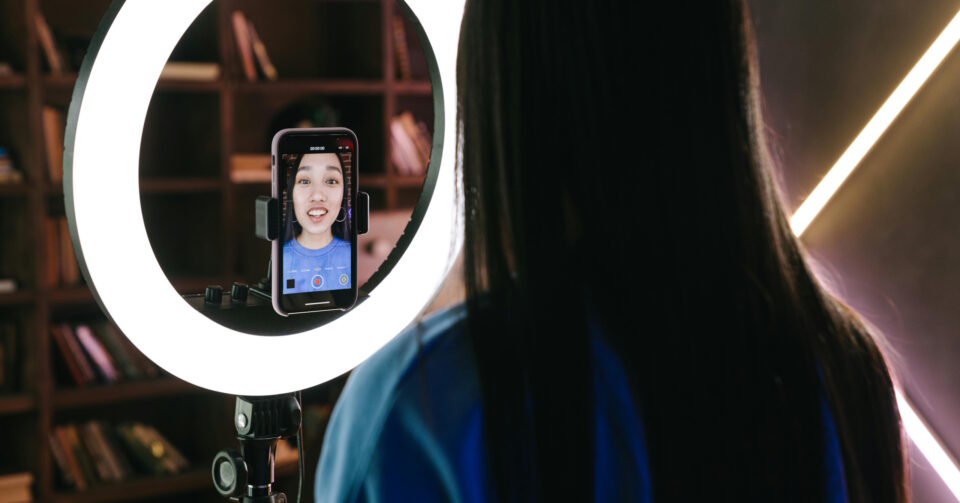User-generated Content: Is It a Good Digital Marketing Strategy?

User-generated content is a new buzzword in the digital marketing space. But what exactly is it and how can it help your brand? In this article, we delve into why it works.
Many factors affect a customer’s purchasing decisions, like the company’s values and ethics, the sustainability of a product, or even basic factors like price, efficacy, and customer reviews. But did you know that brand authenticity plays a big role, too? In fact, according to a survey conducted by Social Media Today, 90% of millennials agree that brand authenticity is key when making purchasing decisions.
What’s more, 52% of them would recommend the brand to their friends and family, while 49% would pledge loyalty to the brand.
Anna Patricia Malay, the senior vice president, partner, and general manager of FleishmanHillard in Manila also thinks the same. “In an age where there is a conflict between facts and misinformation, organizations need to have a fundamental alignment of what their brand claims to be and what they really are,” she explains. “Authenticity will be the linchpin for businesses to address the expectations and concerns of an active and engaged audience.”
What does this mean? For one thing, authenticity is important for brands. This means that hard-sell advertisements are no longer effective, as the consumers of today prefer real customer experiences and testimonies. This is why businesses have adopted the practice of influencer marketing and recently, a new concept called user-generated content.
But what exactly is user-generated content? Is it different from influencer-generated content? Here is what you have to know about it.
User-Generated Content, Explained
Otherwise known as consumer-generated content, UGC refers to the original content published on social media or other platforms—either by your brand’s customers or the people who actually used the brand’s products or services. UGC can come in many forms, like unboxing videos, blog posts, videos, and photos, as well as reviews and testimonials.
And when it comes to digital marketing, this is very important, as studies have shown that 79% of consumers say that UGC has a high impact on their decision-making. In fact, millennials trust user-generated content 50% more than the content that comes from brands.
The thing is, there’s a common misconception that UGC is the same as influencer-generated content. That, however, is not the case. Influencers are paid to generate content by a brand, while user-generated content is, according to AdAlong, “spontaneous content, and creators are not paid.”
Benefits of User-Generated Content
Considering that creators of user-generated content are not paid to review products, unlike influencers, this in itself is already a benefit to your company. This is because you get free marketing without having to spend on advertising.
Another benefit that your brand can get from UGC is that it helps build brand awareness. As a good number of UGC are posted on social media, this kind of content has a wide reach, especially when shared with friends and followers, who in turn, share it with their friends and followers.
Aside from brand awareness, UGC also helps build brand loyalty. “UGC gives customers a unique opportunity to participate in a brand’s growth instead of being a spectator,” says Hootsuite. “This influences brand loyalty and affinity in a big way because people thrive off being part of something greater than themselves, and creating UGC allow them to be part of a brand’s community.”
UGC likewise builds trust and credibility for your brand. In fact, consumers are 2.4 times more likely to see UGC as authentic when compared to brand-created content. Seeing content created by fellow customers about your brand will appear more legitimate to customers.
What to Keep in Mind When It Comes to User-Generated Content
If you’re on the hunt for UGC, one of the best places to check is social media. Use the search option of platforms such as Facebook, Instagram, and TikTok to check if there are any posts published about your brand. You can also search for potential hashtags that creators might have come up with related to your brand to check for content.
What’s more, you can use search engines to check if there are any blog posts and even reviews that users have made about your brand.
But take note—before you start sharing UGC anywhere, it is important to first ask permission from the one who created it. This is not only a sign of respect for the creator and his or her efforts, but it actually conveys your appreciation and professionalism to them, too. Moreover, from a legal standpoint, it also helps you avoid copyright issues and accusations of stealing content without permission in the future.
Once you get permission to share a creator’s UGC, make sure to credit the one who created it. If you are unsure about how the creator wants to be properly credited, do not hesitate to ask. Make sure to also share the content across all your social media channels, so that it reaches more people and makes it easier to find.
As for encouraging your customers to create UGC, consider creating a hashtag campaign. A good example of this is the #ALSIceBucketChallenge, which aimed to educate and increase awareness about amyotrophic lateral sclerosis (ALS). The result? Many users created countless UGCs in the process.
And finally, make sure to advertise it as well so that the public knows about the hashtag and that you’re encouraging them to create and post their own content.




